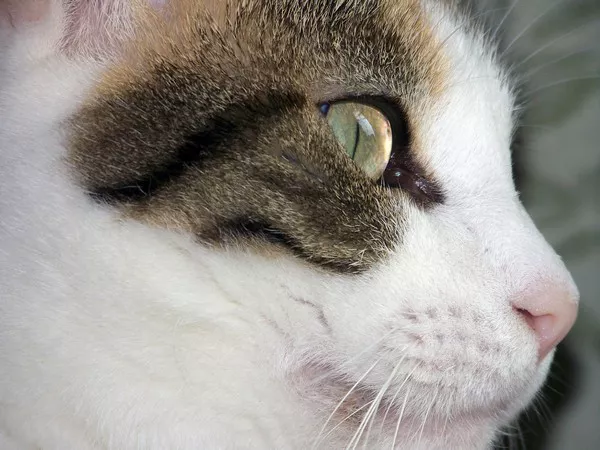Acquiring a hairless cat can be an exciting and unique experience. These captivating felines, known for their distinctive appearance and hypoallergenic qualities, have gained popularity among cat enthusiasts. However, before bringing a hairless cat into your home, it is crucial to understand their specific needs, characteristics, and the responsible acquisition process. In this comprehensive guide, we will walk you through the essential steps to ensure a smooth and successful transition into becoming a proud owner of a hairless cat.
1. Researching Hairless Cat Breeds
Before embarking on your journey to acquire a hairless cat, it is vital to research the different breeds available. Two popular hairless cat breeds are the Sphynx and the Peterbald. Learn about their distinct features, temperament, grooming requirements, and potential health issues. Understanding these aspects will help you make an informed decision and determine which breed aligns best with your lifestyle and preferences.
2. Finding Reputable Breeders
When acquiring a hairless cat, it is crucial to source from reputable breeders who prioritize the health and well-being of their animals. Conduct thorough research to identify reliable breeders with a good reputation within the cat breeding community. Seek recommendations from local cat clubs, veterinarians, and trusted online platforms. Arrange visits to the breeder’s facility to assess their practices, environment, and the condition of the cats they breed.
3. Adoption from Rescue Organizations
In addition to breeders, consider adopting a hairless cat from reputable rescue organizations or shelters. Many hairless cats find themselves in need of loving homes due to various circumstances. By choosing adoption, you provide a second chance to these wonderful creatures. Research local rescue groups specializing in hairless cats, visit their facilities or attend adoption events to find a cat that resonates with you.
4. Assessing Health and Genetic Testing
To ensure the well-being of your future hairless cat, it is imperative to inquire about health testing and genetic screening conducted by breeders or rescue organizations. Ask for documentation verifying the absence of common hereditary diseases or conditions that affect hairless cats. A responsible breeder will willingly provide such information, protecting both the cat’s welfare and your investment.
5. Building a Suitable Environment
Hairless cats require specific environmental conditions to thrive. Prepare your home by ensuring a warm, draft-free environment, as these cats lack a coat to keep them insulated. Invest in soft blankets, heated beds, or even a small indoor space heater to maintain their comfort. Additionally, provide ample opportunities for climbing, scratching, and playing, as hairless cats are known for their active nature.
6. Grooming and Skincare
One of the unique aspects of owning a hairless cat is their grooming and skincare needs. Due to their lack of fur, regular bathing is essential to keep their skin clean and free from oils and debris. Use veterinarian-approved hypoallergenic shampoos and moisturizers specifically formulated for hairless cats. Keep their nails trimmed and ears clean to prevent infections. Provide protection from excessive sun exposure to avoid sunburn.
7. Establishing a Balanced Diet
Maintaining a proper diet is crucial for the overall health and well-being of your hairless cat. Consult with your veterinarian to determine the most suitable nutritional requirements for your cat’s age, activity level, and any specific dietary sensitivities. A balanced diet rich in high-quality protein, healthy fats, and essential nutrients will support their immune system, promote healthy skin, and maintain an optimal weight.
8. Veterinary Care and Vaccinations
Regular veterinary care is vital for the health and longevity of your hairless cat. Schedule routine check-ups with a trusted veterinarian to monitor their well-being and address any potential health concerns. Ensure that your cat receives necessary vaccinations, preventive treatments for parasites, and appropriate dental care. Prompt medical attention is crucial if you notice any unusual symptoms or behaviors.
Conclusion
Acquiring a hairless cat can be a rewarding experience, but it requires careful consideration and preparation. By conducting thorough research, sourcing from reputable breeders or adoption organizations, and providing the necessary care, you can create a loving home for your new feline companion. Remember, responsible ownership entails meeting their specific needs, investing in their well-being, and building a lifelong bond.
























